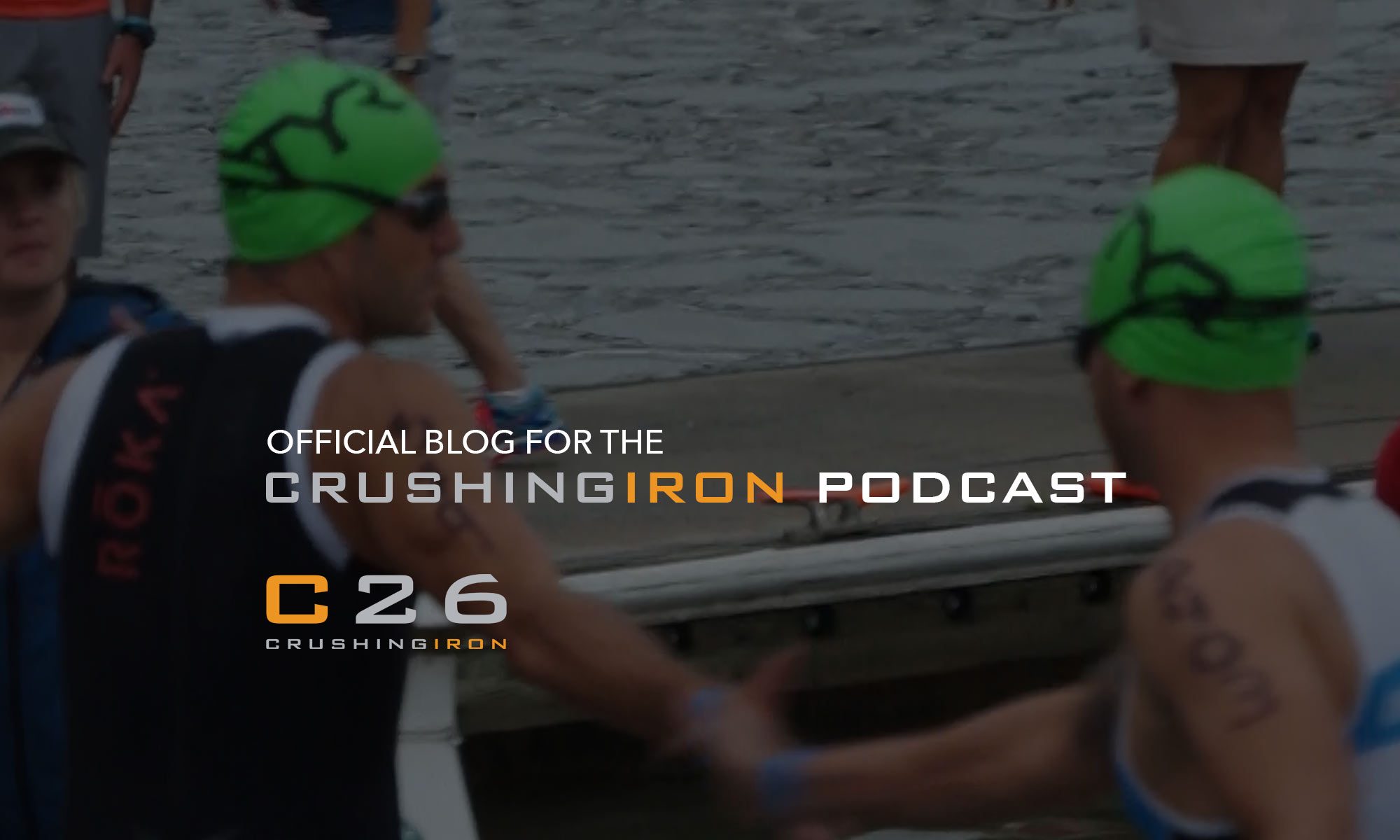I’ve always believed Europeans, mainly because their societies have been around longer, tend to be ahead of the curve in the search for meaning. Last night, this post about a trend in European endurance sports reinforced my theory . . . and made me squirm.
The picture below is a scene from ÖTILLÖ , an absolutely bonkers island to island race in Sweeden, which is largely responsible for a trend called “swimrunning.” The race is essentially one and a half Ironman runs in a wetsuit, and 3 Ironman swims in your running shoes, but it’s so much more than mileage.

It’s the furthest thing you can imagine from laying in your aero bars or running through city streets with no change of scenery. They forge the elements with one eye on your partner, the other on survival.
Over the 2-plus years of my training, most discussions I’ve endured have been about pace or distance. Rarely what we saw or experienced.
It’s almost impossible for me to swim, bike, or run without knowing my mileage or speed. I have literally gotten depressed when my Garmin battery died on a run.
The article also talks about the obsession for making a race fit to a certain distance rather than adapt to the terrain. It reminded me of the controversy at Ironman Chattanooga, where the bike course is four miles longer than a typical Ironman. Few say anything about where they “get to bike,” it’s all about the distance, time, cutoff and . . . the medal.
Some nights I Google “Most amazing triathlons,” or “Coolest runs” and click through the pictures in awe. The eery mood of a swim, the wild terrain of mountain trails, the breathtaking views from the bike. These are the pictures that grab my attention when I’m at a computer, but when I’m in the actual scenery, I tend to look at my watch or 10 feet in front of my face at a hazy mix of concrete and gravel.
ENDURE:
1. suffer (something painful or difficult) patiently.
2. remain in existence; last.
Exercise gives me that natural high I can’t get enough of, but masochism is only temporary satisfaction.
So, I swim, bike, and run further and further. Then conquer ungodly distances like an Ironman, twice. Now what?
Maybe ÖTILLÖ.
